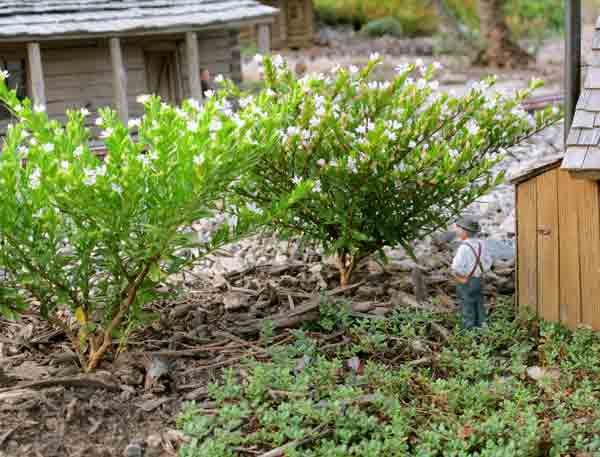
What appear to be small apple trees in bloom are really Mexican false heather, a.k.a. elfin herb (Cuphea hyssopifolia, Zones 8-11). These are easy to grow in full to partial sun and average soil and watering. They flower almost continually with white, pink, red, or purple blossoms, outdoors year round in the south or over-wintered […]
Read More…
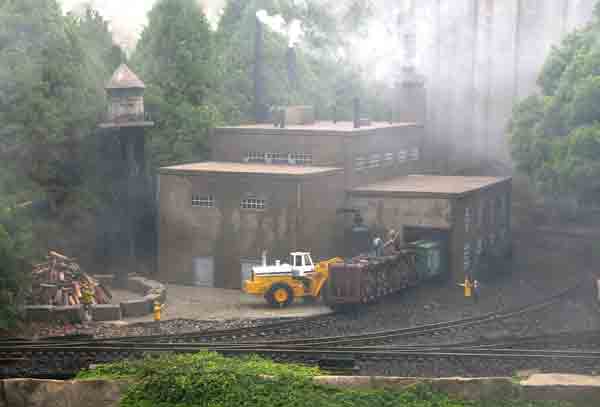
1. Since 1928, Spruce Falls Power & Paper Company in northern Ontario has provided all the paper for The New York Times, which affectionately calls it “Uncle Spruce.” Jim and Julie Barber model real places from their past and present by building concrete-sided buildings. Protected inside, a smoke machine helps to model a high-pressure weather […]
Read More…
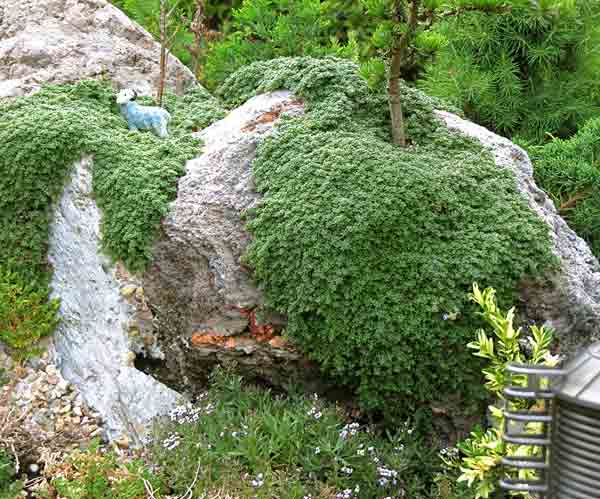
Nancy Norris Common name: Elfin thyme Latin name: Thymus serpyllum ‘Elfin’ Plant type: Groundcover Plant size: 2″ x 6″ and spreading USDA Hardiness Zones: 4-9 Cultural needs: Poor, well-drained soil, moderate to low moisture, sun to partial shade Elfin thyme deserves its status as practically everyone’s favorite scale lawn or meadow. It’s about “thyme” this […]
Read More…
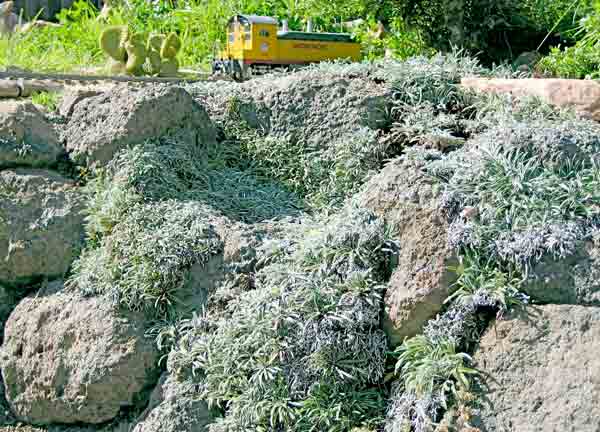
Nancy Norris Common name: Silver carpet, Dymondia Latin name: Dymondia margaretae Plant type: Groundcover USDA Hardiness Zones: 9-11 Cultural needs: Full sun to part shade; well drained, sandy soil Plant size: 1-2″ high, spreading slowly Dymondia margaretae is usually just called dymondia, because it’s the only species of a genus from South Africa. As a […]
Read More…

When gravity, earthquakes, or water pull the rug out from under a cliff face, its strata and fracture lines burst open. Solid slopes suddenly turn fluid. Rocks bounce and roll, creating talus, which settles in a pile at the foot of the cliff—possibly damming a waterway. Garage-size boulders split from slopes and tumble to the […]
Read More…
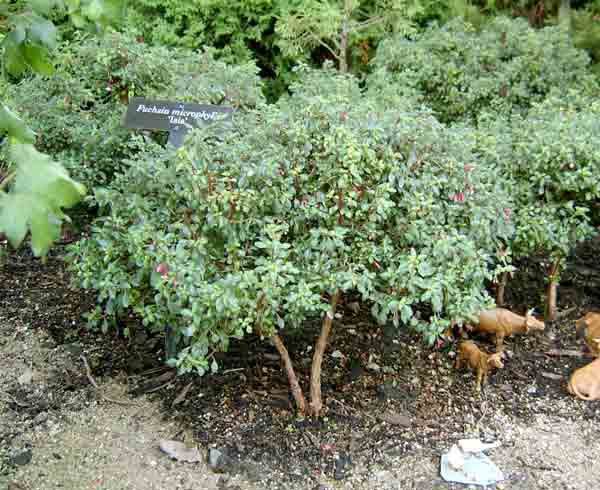
Trees are as essential to a landscape as mountains, hills, and rivers. Those of you living in (and/or modeling) the desert, will have to overlook my exuberance for trees. In this article I’d like to add to my previous discussions of conifer, deciduous, and wannabe trees, to pursue my favorite subject further. (See the list […]
Read More…
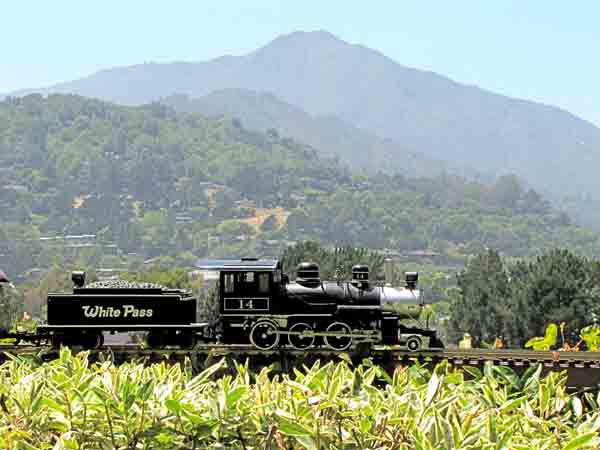
Sometimes the most expedient way to get your outdoor railway from point A to point B is on benchwork, so called because the height of the roadbed is similar to that of a workbench and facilitates the handling of trains and track. The many styles of benchwork construction seem to correspond to the skills of […]
Read More…
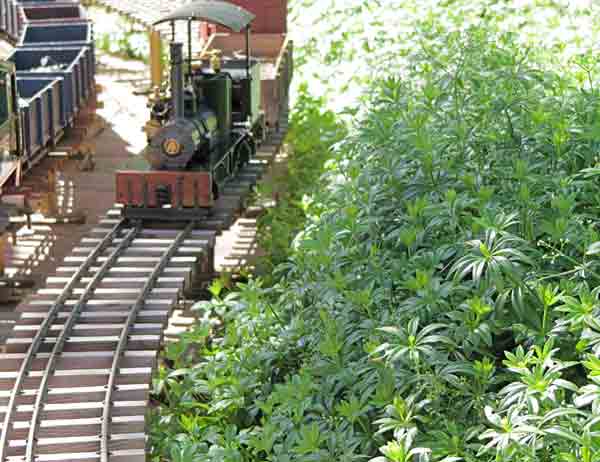
Common name: Sweet woodruff Latin name: Galium odoratum, syn. Asperula odorata Plant type: Perennial USDA Hardiness Zones: 4-9 (sheltered or near the house in Zone 3) Cultural needs: Shade or partial shade, moist (even wet) soil Plant size: 6-12″ high, spreading quickly to 9-12″ wide Do you have a rather large shady spot in need […]
Read More…
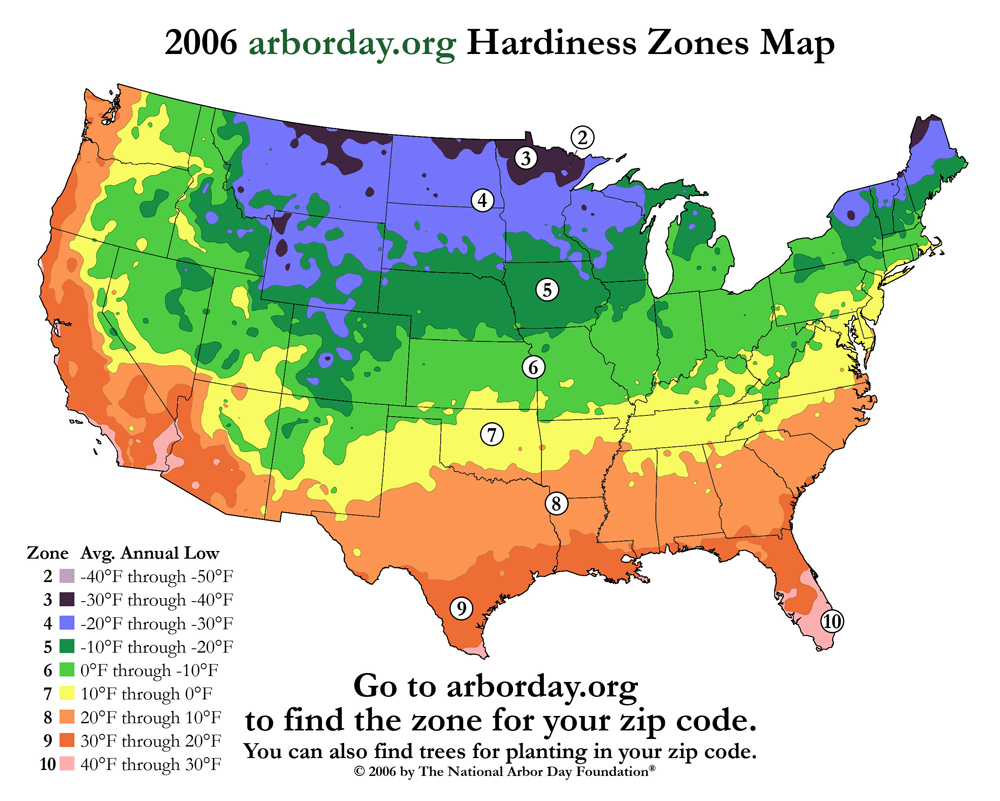
Hardiness Zones are the answer to the question, “Where can I grow this plant?” If you’re planting strictly native plants, you won’t need to worry. On the other hand, your nursery plants were originally plucked from all over the world and then researchers tried to grow them in every imaginable climate. The USDA (US Department […]
Read More…
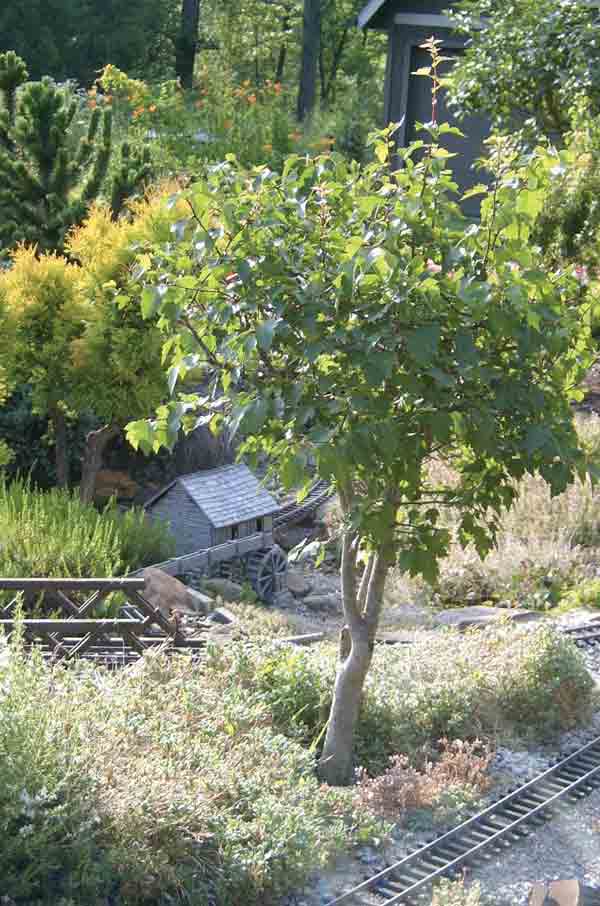
Bonsai is an ancient horticultural practice that has been developed into an art form. Years can be spent studying and perfecting it. I doubt there are many garden railroaders with the time or inclination to get into true bonsai culture. Fortunately, there are some shortcut (and likely unorthodox) methods to make miniature trees with less […]
Read More…
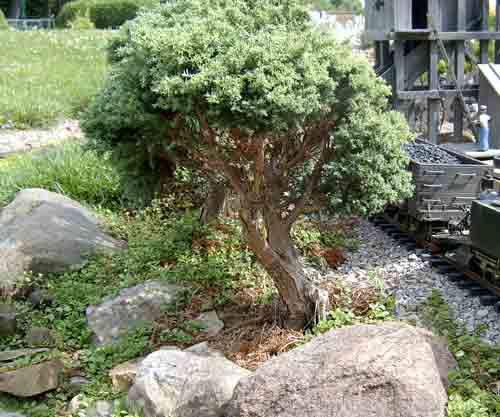
A gallery of miniature conifers: Nothing gives a sense of scale and believability to a garden railway quite as well as miniature trees. When it comes to really small trees that translate well to our railroad landscapes, conifers (cone bearing, needled evergreens) seem to have the most representatives in the miniature woody-plant kingdom. I will […]
Read More…
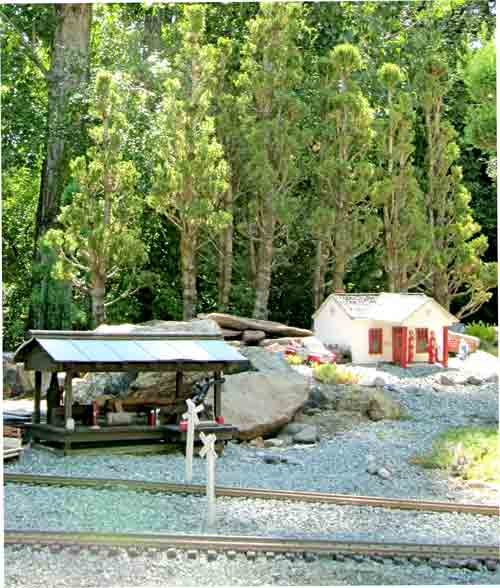
How to prune dwarf Alberta spruce In an effort to model conifer trees, garden railroaders usually go to the nearest garden center and find dwarf Alberta spruce shrubs. This classic, Christmas-tree-shaped evergreen has a nice, green color and a densely packed growth habit, giving it a fuzzy look. Picea glauca conica (aka. P.g. var. albertiana […]
Read More…












